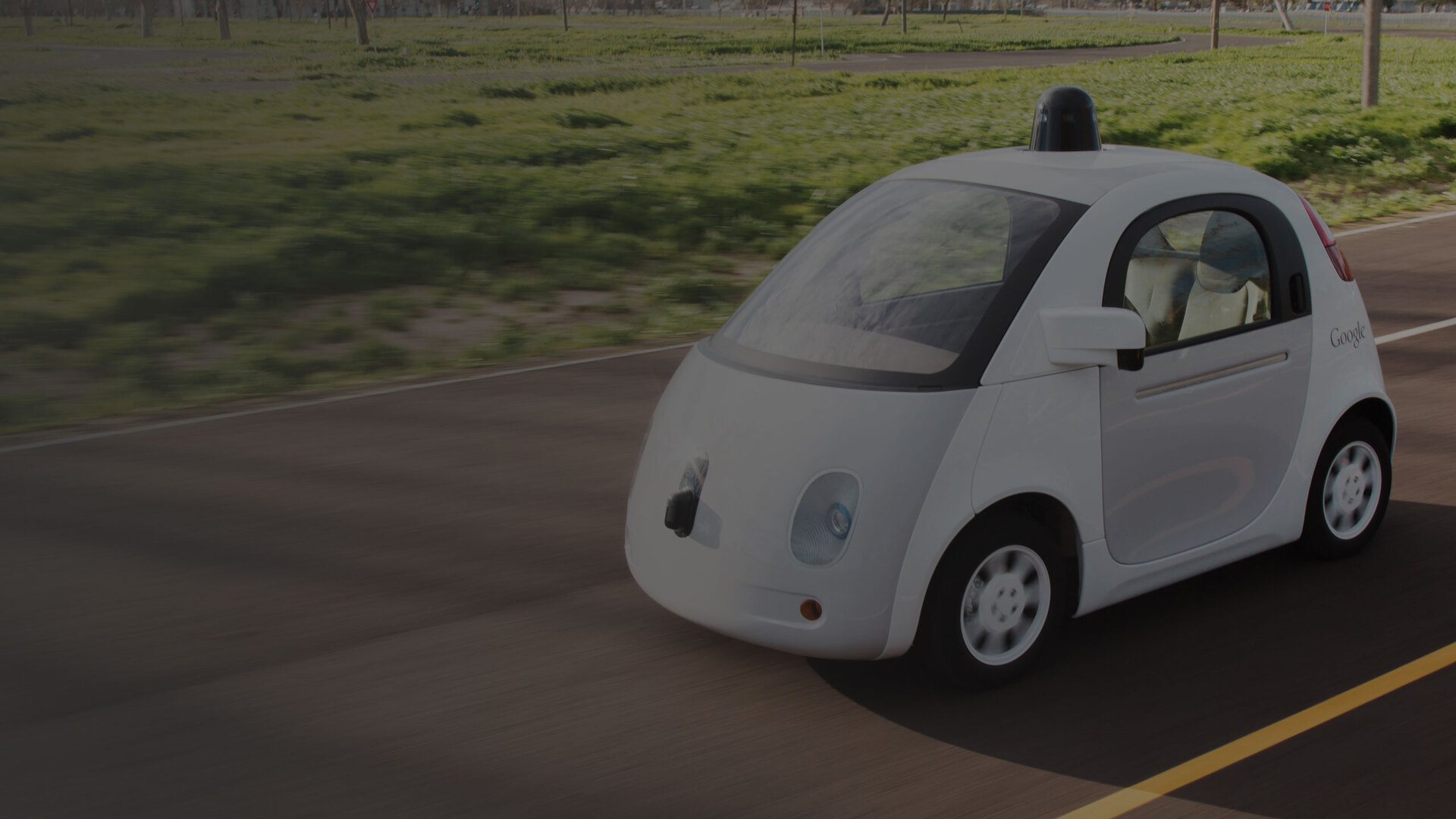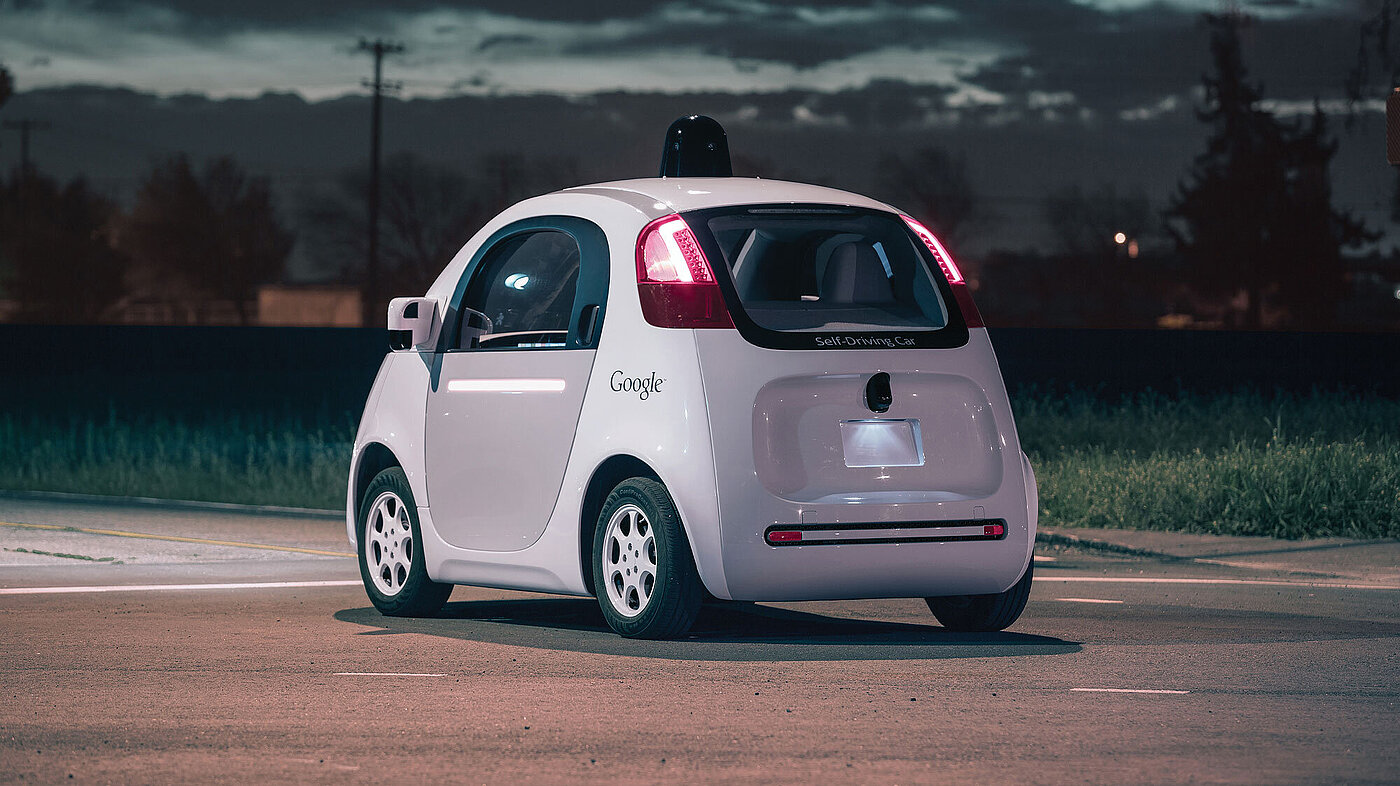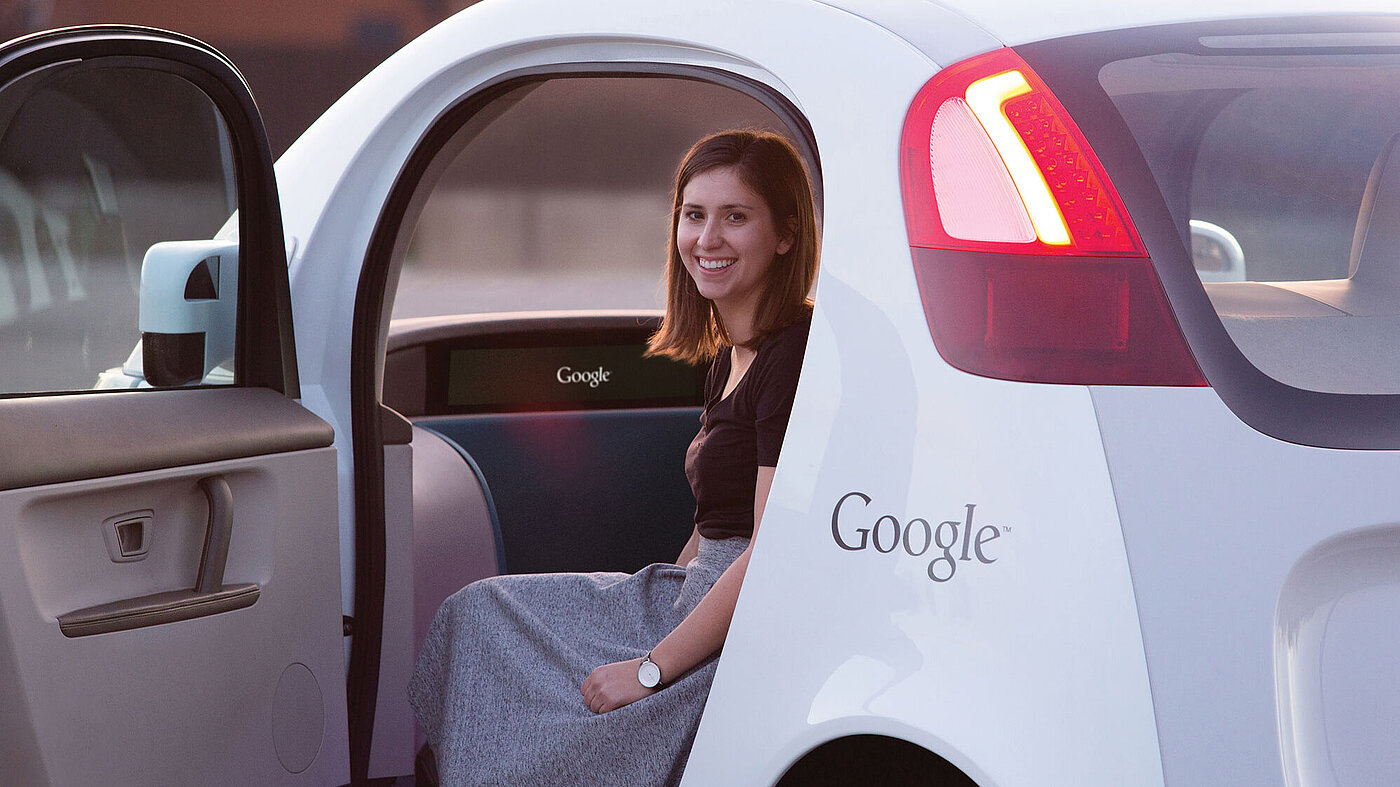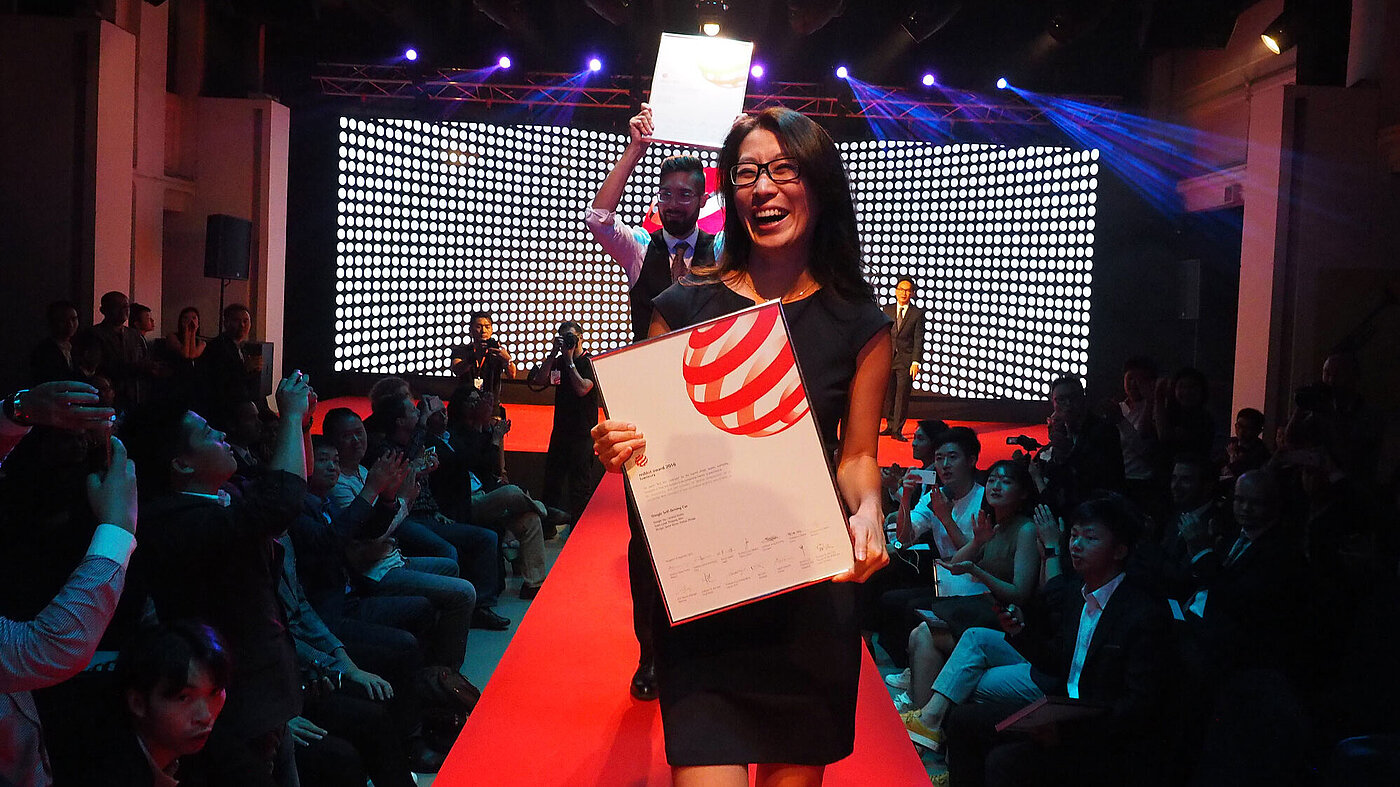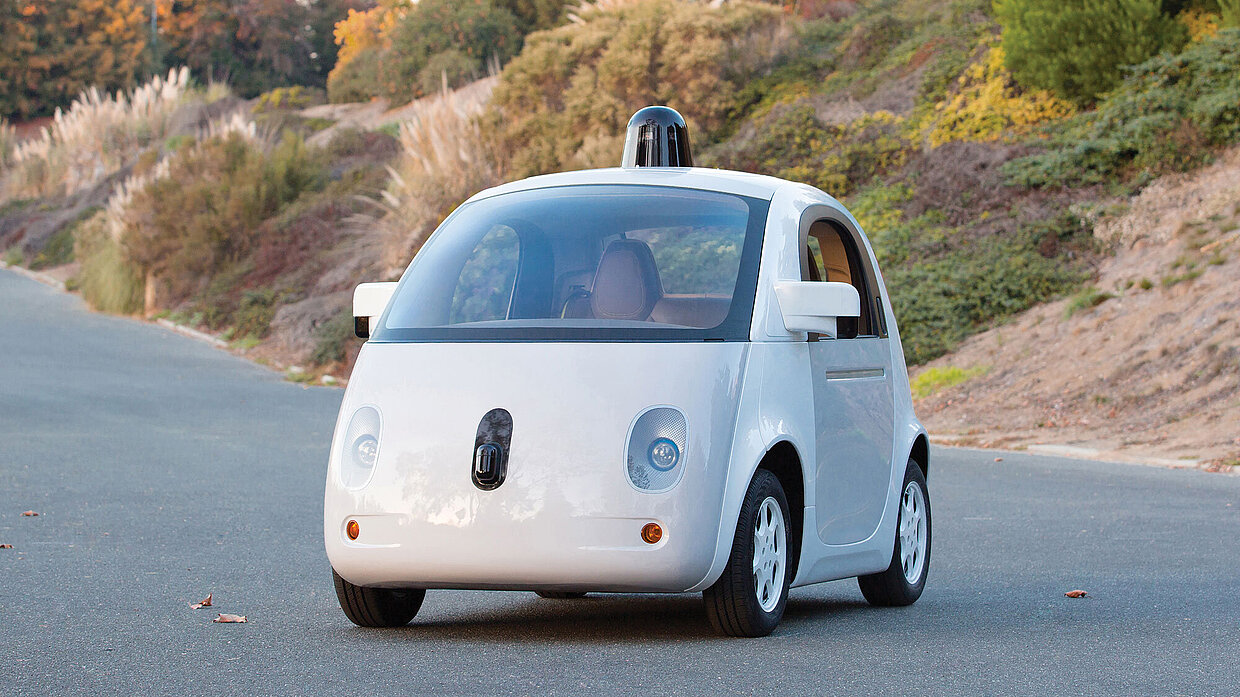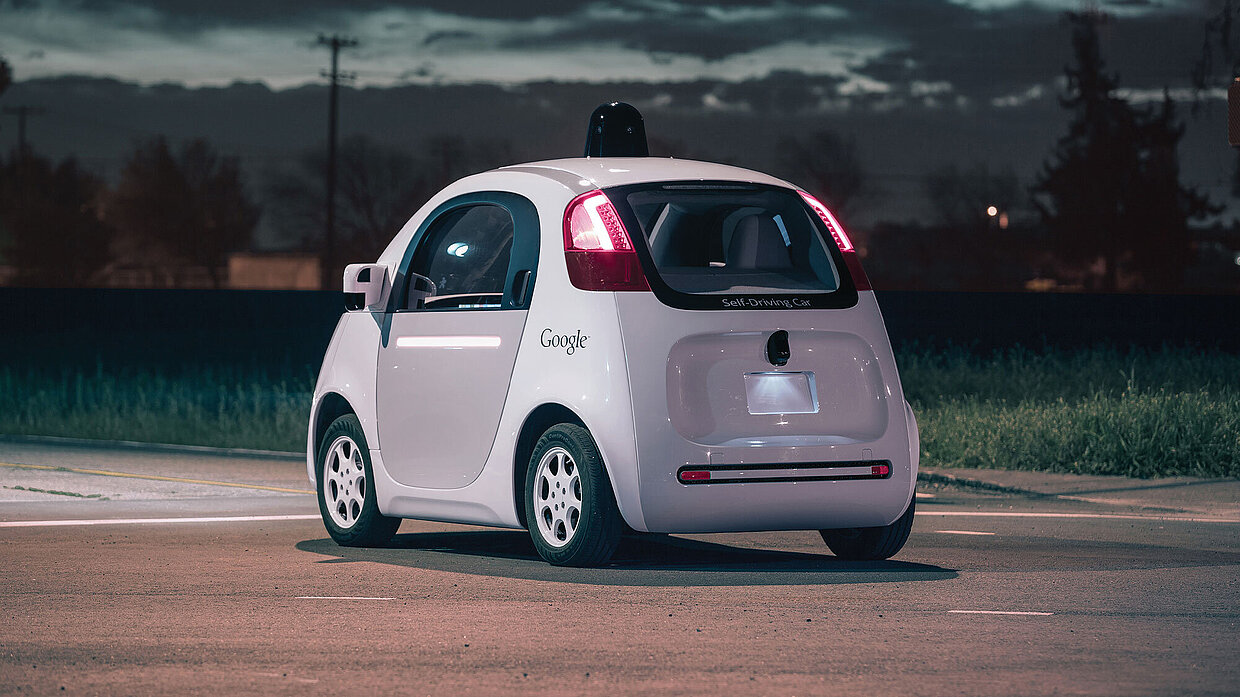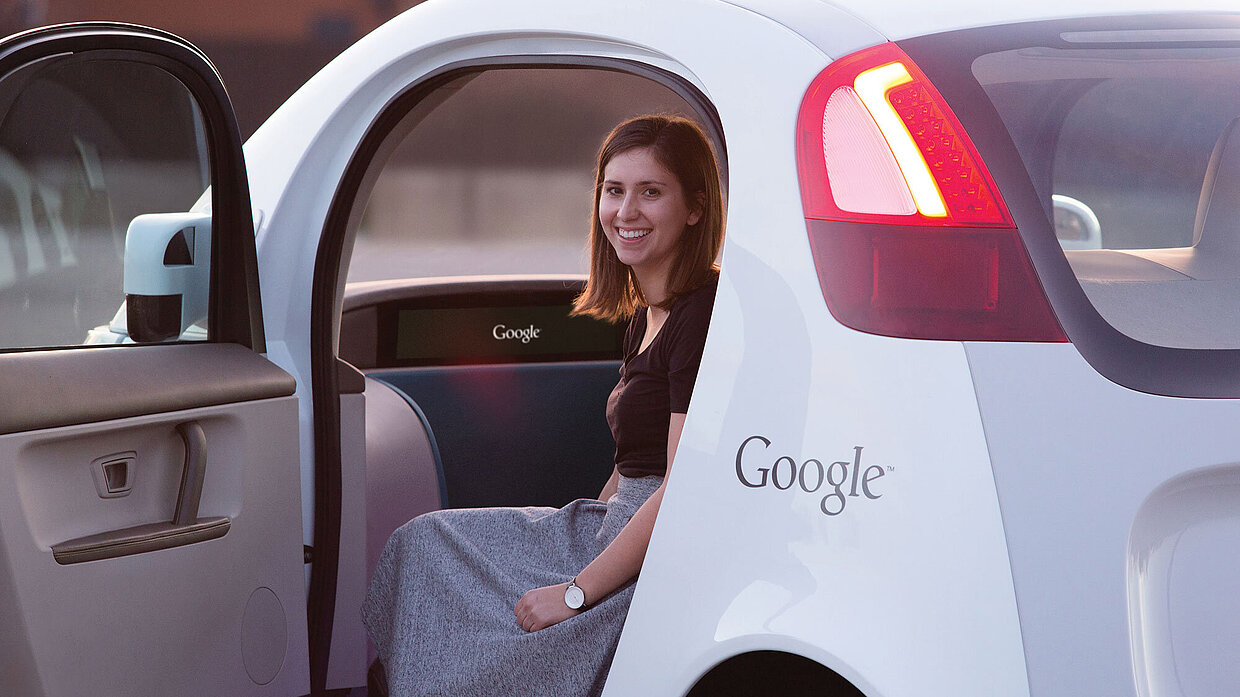The Google Self-Driving Car: Interview with Designer Yoojung Ahn
The Red Dot: Luminary is the highest distinction in the Red Dot Award: Design Concept. A leading light to follow, a concept was selected among the 42 Red Dot: Best of the Best winners of 2016. The Red Dot: Luminary serves as an inspiration to aspire towards. This year’s winner is the Google Self-Driving Car. This is a vehicle that drives autonomously without human input. In an interview with Red Dot, lead designer Yoojung Ahn talks about the car’s development and about her future plans.
Red Dot: What are your experiences with the development of the Google Self-Driving Car?
Yoojung Ahn: It was inspiring to start with a blank sheet of paper and ask: “What should be different about this kind of vehicle?” We started with the most important thing: safety. Our vehicles have sensors that remove blind spots, and they can detect objects up to two football fields in distance in all directions, which is especially helpful on busy streets with lots of intersections. We’ve completely re-examined the interior experience. The design was optimised for passengers and pedestrians, instead of being optimised for the driver. When no one is driving, there is no need for a steering wheel or pedals. The cabin is entirely symmetrical, spacious, and illuminated by panoramic windows that draw passengers’ attention to the outside world. Two seats with seat belts, a space for passengers’ belongings, buttons to start and stop, and a screen that shows the route – and that’s about it.
Have certain design approaches been used when it comes to the development of user experience?
During a typical car development process, most designers define their target audience, research use cases, and then benchmark their car against vehicles from different brands. However, we were designing the first ever fully self-driving car and there was no prior history to lean on. We ran brainstorms and research to come up with potential use cases and user experiences, then we built early prototypes to test our ideas. We designed the current prototype after completing an in-depth design study.
Can you describe the design process at Google?
We believe that if we focus on the user, everything else will follow. We embrace that principle in our design by building experiences that surprise and enlighten our users in equal measure.
In terms of motivation, form and material: What was your inspiration for the Google Self-Driving Car?
I wanted to think beyond traditional vehicles and focus on designing a simple, honest, approachable and delightful experience for everyday life. To me, design is about more than just styling. Every part of our vehicle should have its purpose.
What does it mean to be a winner of a Red Dot: Luminary?
It's encouraging to see Red Dot recognise a brand new technology and design concept. Good design is a crucial part of integrating self-driving vehicles into the world. Our top priority is to make sure people feel comfortable and safe in our vehicle, and it's exciting to see Red Dot recognise and celebrate these design principles.
Can you tell us something about your future plans?
Since the launch of our first prototype vehicles, we’ve expanded our testing programme to a total of four U.S. cities, and we’re ready to add more vehicles to our fleet. We’re currently outfitting a hundred new 2017 Chrysler Pacifica Hybrid minivans with our self-driving sensors and software.
